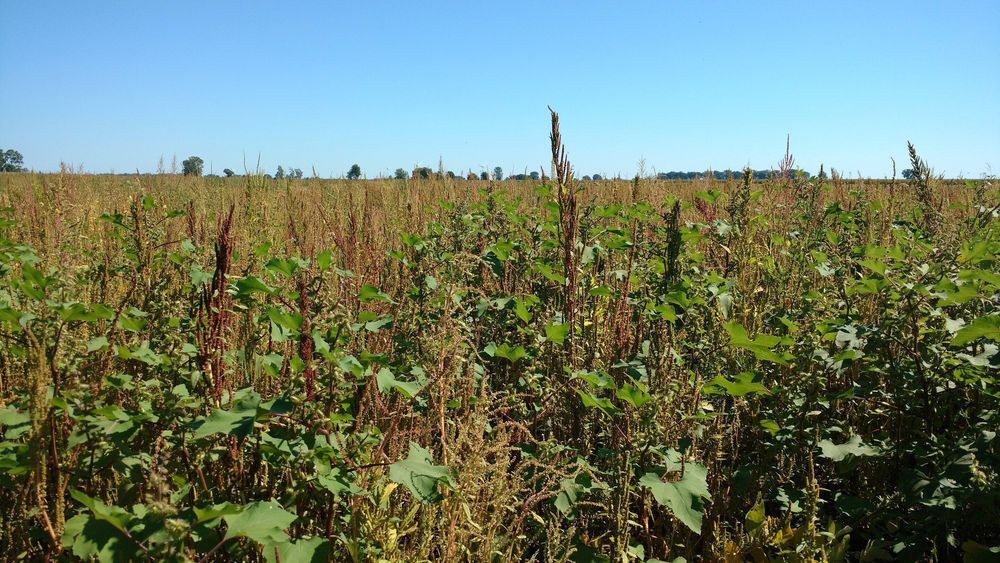A team including evolutionary biologists from the University of Toronto (U of T) have identified the ways in which herbicide-resistant strains of an invasive weed named common waterhemp have emerged in fields of soy and corn in southwestern Ontario.
They found that the resistance—which was first detected in Ontario in 2010—has spread thanks to two mechanisms: first, pollen and seeds of resistant plants are physically dispersed by wind, water and other means; second, resistance has appeared through the spontaneous emergence of resistance mutations that then spread.
The researchers found evidence of both mechanisms by comparing the genomes of herbicide-resistant waterhemp plants from Midwestern U.S. farms with the genomes of plants from Southern Ontario.
